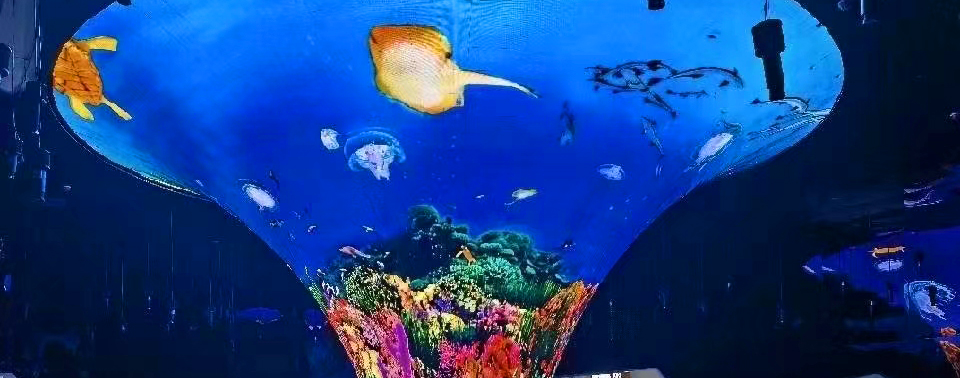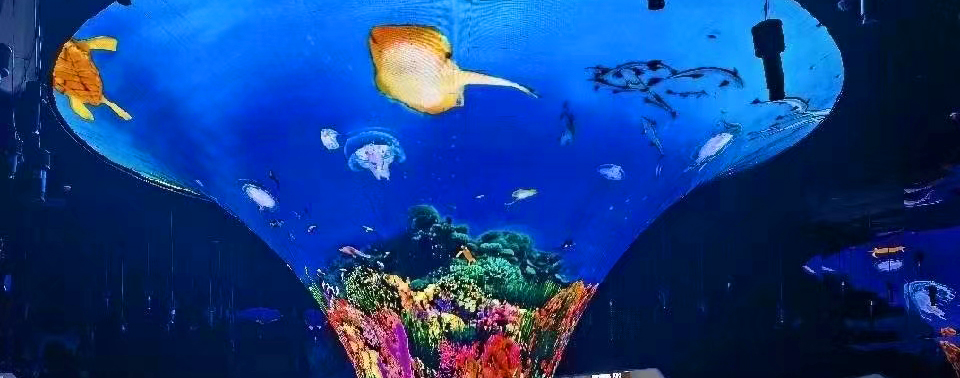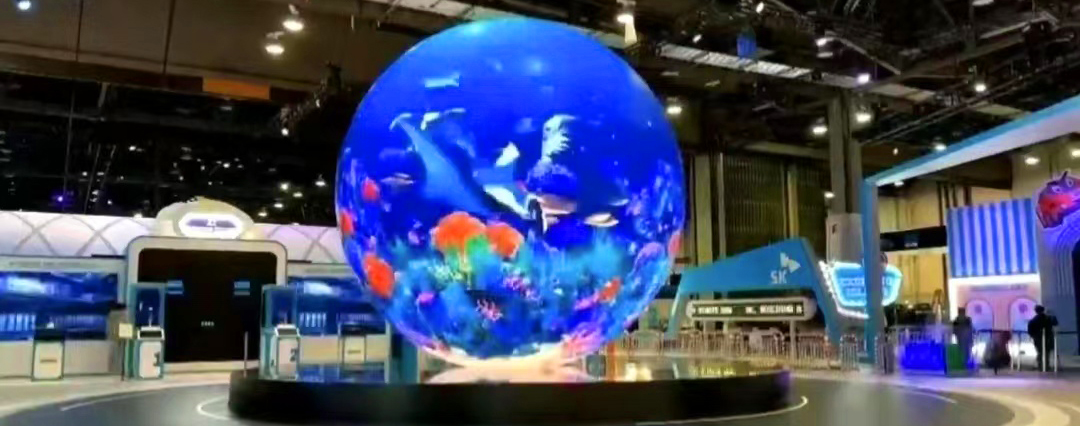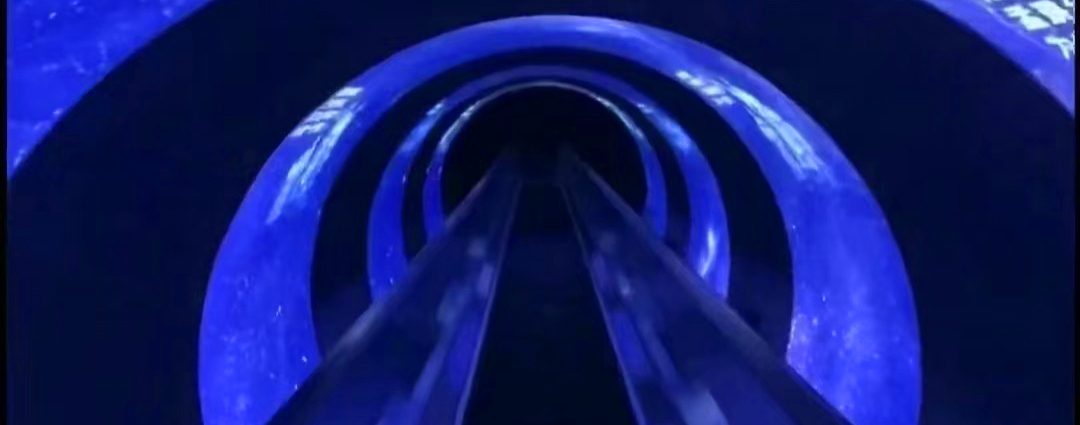How to maintain the LED display to make the life longer
January 15, 2024
LED display screens are gradually becoming the mainstream products in the market, visible in outdoor buildings, stages, stations, and other places, showcasing their dazzling presence. However, do you know how to maintain them? Especially outdoor advertising screens face harsh environments and require proper maintenance to serve us better.
1. Power supply should be stable, with good grounding protection. In severe weather conditions like thunderstorms and heavy rain, the power should be cut off.
2. LED display screens exposed outdoors for a long time will inevitably be subjected to wind, sun exposure, and accumulate dust on the surface. The screen should not be directly wiped with a wet cloth. Instead, alcohol can be used for cleaning, or a brush and vacuum cleaner can be used for dust removal.
3. When using, the control computer should be turned on first to ensure normal operation before turning on the LED display screen. After use, the screen should be turned off first before shutting down the computer.
4. It is strictly prohibited for water to enter the screen and for flammable or easily conductive metal objects to enter the screen body to prevent short circuits and fires. In case of water ingress, immediately cut off the power and contact maintenance personnel until the display panel inside the screen is dry before use.
5. It is recommended that LED display screens rest for at least 10 hours every day. During the rainy season, they should be used at least once a week for general operation, with the screen turned on for at least 1 hour each time.
6. Avoid forcibly cutting off power or frequently turning on and off the power supply of the display screen to prevent excessive current, overheating of power lines, damage to LED cores, and affecting the screen's lifespan. Do not dismantle or splice the screen body without authorization.
7. LED large screens need regular inspection to ensure normal operation. Damaged circuits should be repaired or replaced promptly. Main control computers and related equipment should be placed in air-conditioned, dust-free rooms to ensure ventilation and stable operation. The internal circuitry of the screen should not be touched by non-professionals to avoid electric shock or damage to the circuits. If issues arise, professional technicians should be consulted for repairs.







